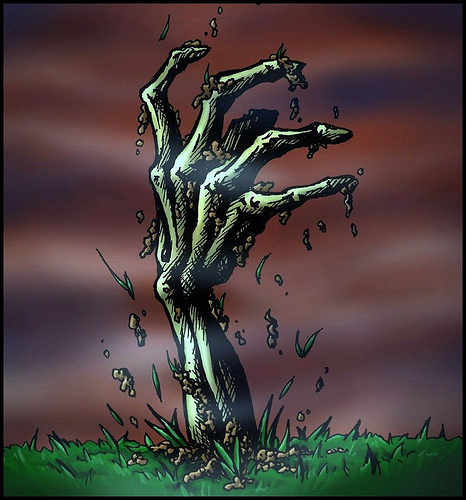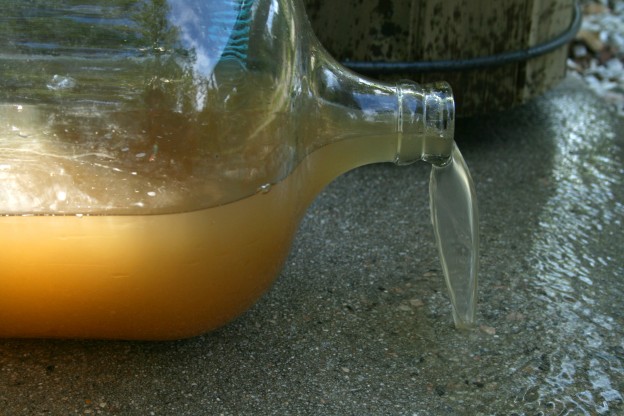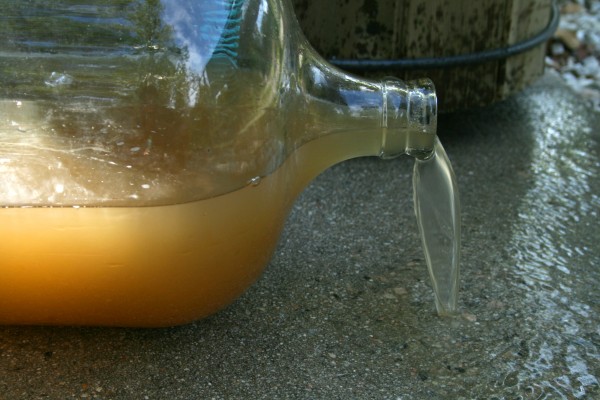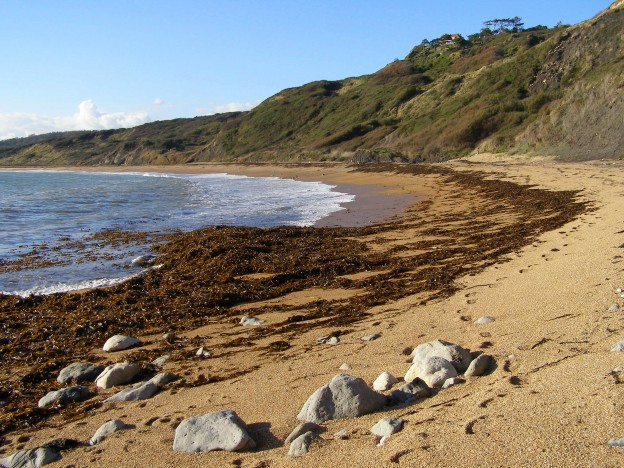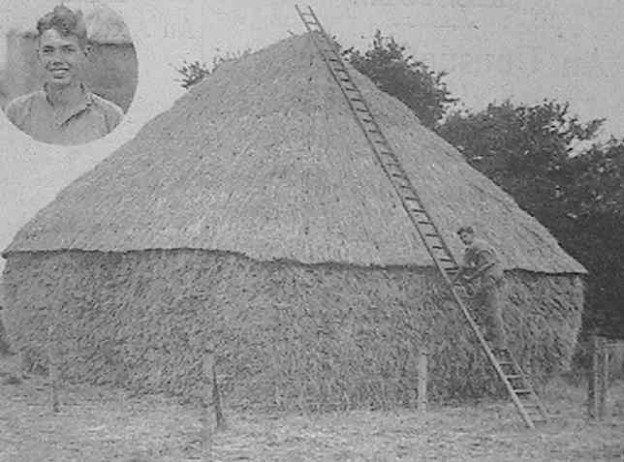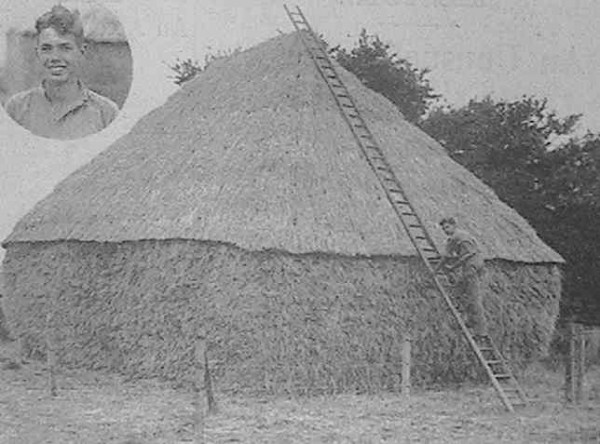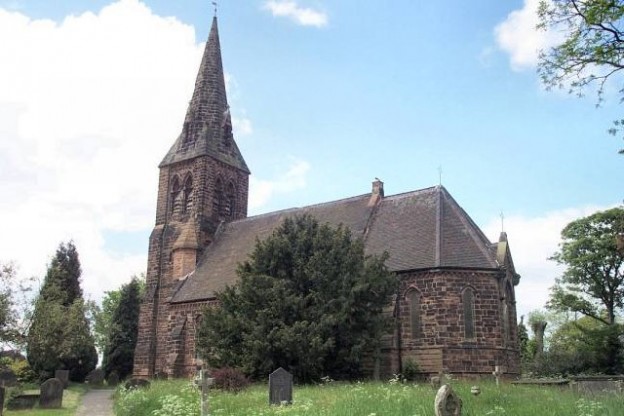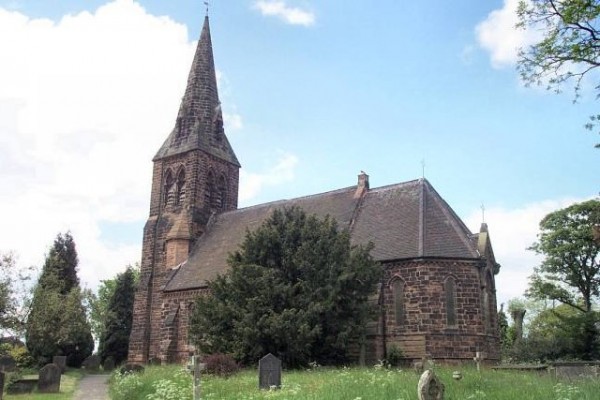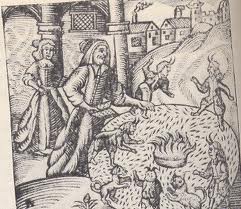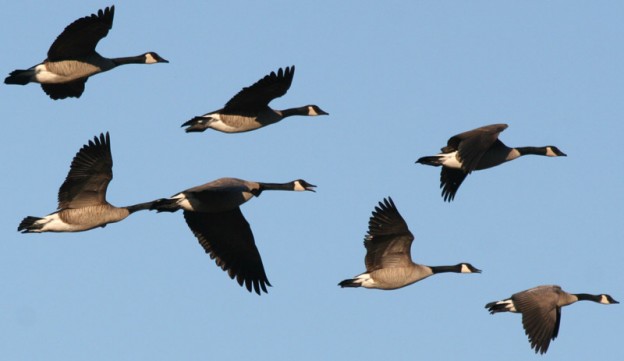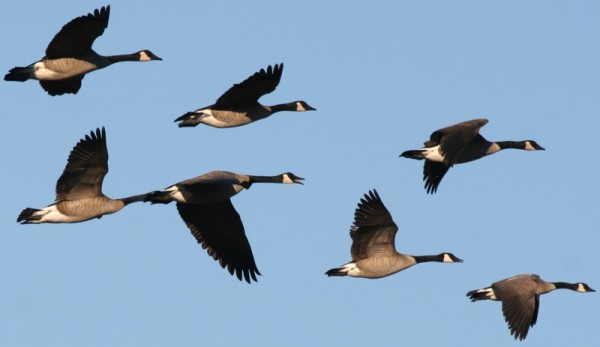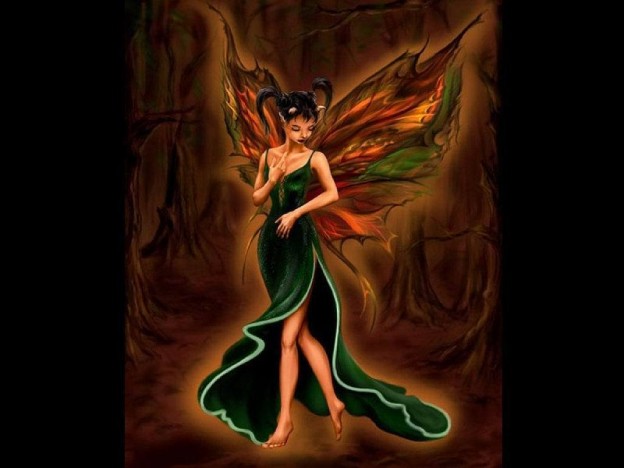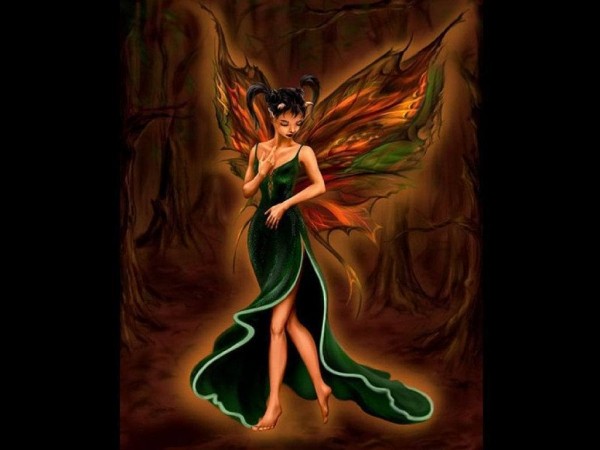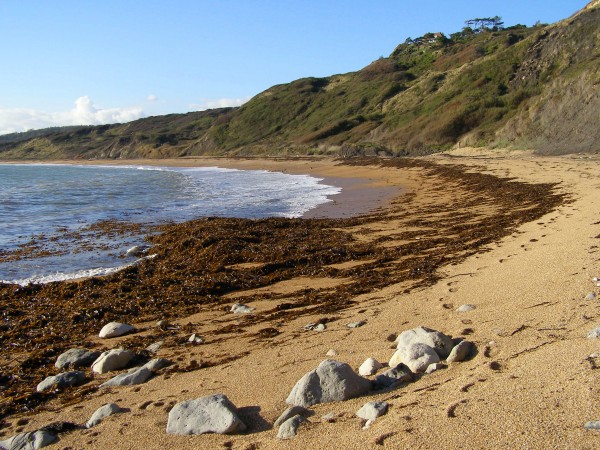
At Avonsuidh, Harris, there lived, not very long ago, a man of the name of John Macleod. He had a goodly family of children at the date of the story, all stout and healthy, with the exception of the youngest, a boy of twelve months old. The child was thriving well for the first four months when he was observed to have undergone a sudden change. Instead of his usual liveliness he became dull and lethargic, and his plump body, and smooth, soft skin got flabby and shrivelled, and notwithstanding all the means used the child did not thrive. It happened that an old woman from Lewis was on a begging tour in Harris at the time, and among other houses she called at Macleod’s. She was not long in the house till she made inquiries about the child, as to its age and so on. Finally she told the mother that the child was not her own, but a Fairy substitute, and that in order to recover her own child, she must place the false one below high-water mark on St. Bride’s night (1st February, old style), and though it should cry, not to remove it till the crying ceased. St. Bride’s night arrived, and the goodwife treated the child as she had been directed. The infant cried lustily for some time without the woman taking any notice. At last the crying ceased, and she took the child she found. The child grew to be a man, and emigrated to Australia some years ago. The above are a few specimens of the stories related in reference to the abduction of children by the Fairies.
[about this and other stories] Fairies are not yet extinct, and they still carry away young children, though not to such an extent as in the days of old, partly owing to the circumstance that the ceremony of baptism is administered when children are very young.
Anon ‘Fairy Tales’,
The Celtic Review 5 (1908), 155-171 at 162-163
